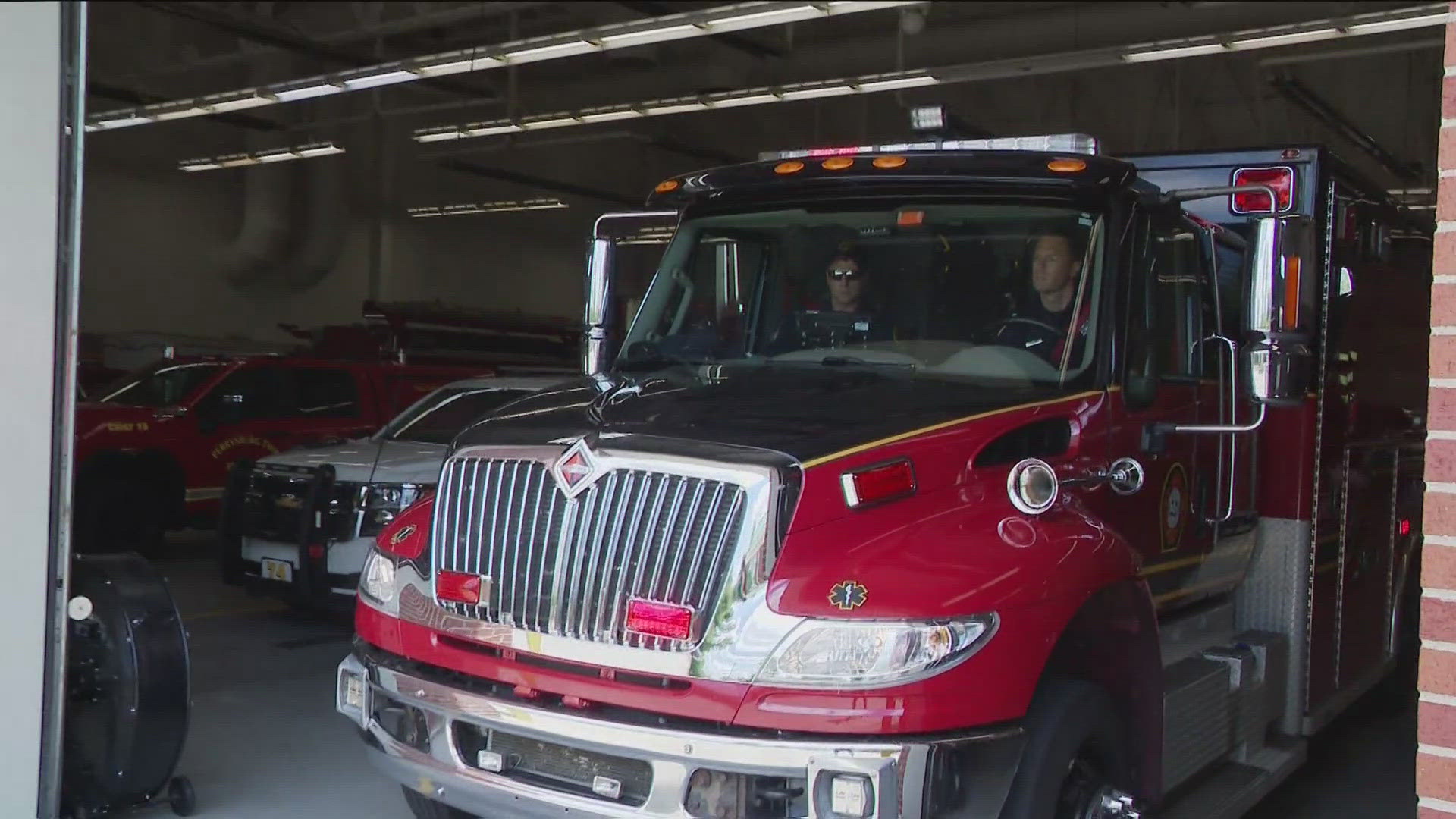LUCAS COUNTY, Ohio — This is the first of a two-part investigation into the expenses of providing unlimited emergency services in Lucas County.
Fire departments in northwest Ohio are turning to the Ohio Attorney General’s office to help collect on bad debt. This debt occurs when people use their emergency services and don't pay these departments for that service.
Without this money, which is used for operations, departments need to find a way to address the loss of funds. "It's either increase taxes, find some other form of revenue or decrease services,” said Perrysburg Township Fire Chief Tom Brice.
Perrysburg Township Fire, as well as 150 other departments across Ohio, refer this debt to the Ohio Attorney General’s office. That office, in turn, is entrusted to pursue this debt aggressively.
Perrysburg Township Fire currently has 552 accounts with outstanding bills since the start of 2022. The total for those accounts is $199,471.87.
"That's basically (the pay of) three people a year. That's half a shift each day,” Brice said. “We have six people on duty and if you eliminate three of them, we're really hurting."
Another department on that list is Allen Clay Joint District. Fire Chief Mike Musolf says the referral of bad debt to the attorney general’s office is another way to bring the department money without having to ask constituents for a new levy.
Allen Clay has 52 accounts in collections since 2021 - for a total of $35,334.38. Musolf says that $35,000 could pay for two full-time employees to have health insurance for a year.
"Our feeling is that you're here, you live here, you asked for us, that's your payment," he said.
With the cost of emergency services continuing to rise, it's crossed the minds of fire officials to question if the system works.
"The model has worked for so many years, but as the call volume increases it's unsustainable to ask people to come from home to run 1,200 calls a year," said Musolf.
WATCH more on WTOL:

